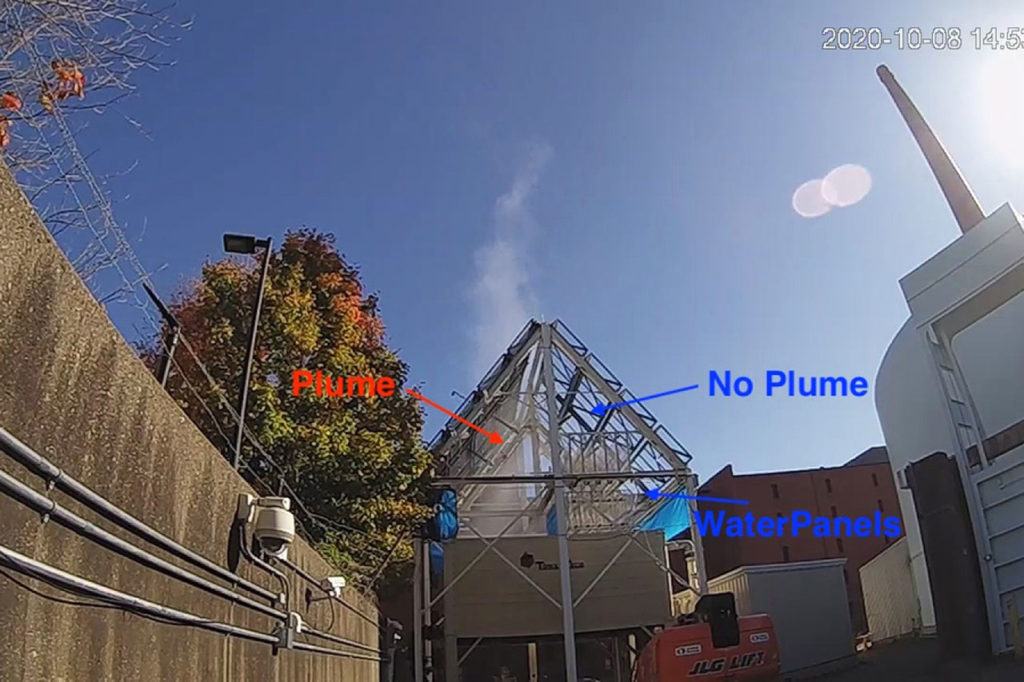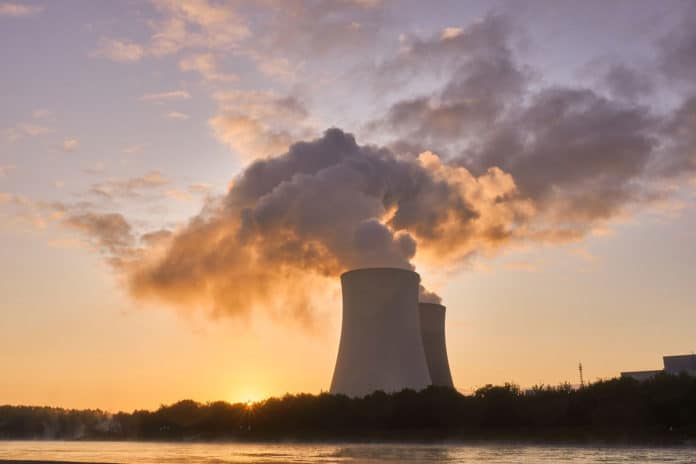The power plants that provide electricity from fossil fuels or nuclear power consume huge amounts of water for cooling, which then goes to waste as water vapor. More than 65% of these plants use evaporative cooling, resulting in huge white plumes of steam billow from their cooling towers. While it’s somewhat a relief to know it’s not carbon dioxide or, worse, greenhouse gases, they do represent how much water is being consumed and, in some cases, even contribute to dangerous driving conditions.
MIT engineers have developed a system that can harvest that water vapor and collect it as very pure water, which can then be cycled back into the plant’s other systems that require water. A small company based on this technology by the Varanasi Research Group is hoping to reduce both the water needs at these plants and the resultant plumes – and to potentially help alleviate water shortages in areas where power plants put pressure on local water systems.
The vapor collection technology is surprisingly simple in principle. First, the tiny droplets of water are zapped with a beam of electrically charged particles, or ions, to give each droplet a slight electric charge. Then, the stream of droplets passes through a wire mesh that has an opposite electrical charge. This causes the droplets to be strongly attracted to the mesh, where they fall away due to gravity and can be collected in trays placed below the mesh.

Lab tests showed the concept worked. The team tested the system in two of MIT’s research power plant facilities, first on a natural-gas-powered cogeneration plant and then on a nuclear research reactor. The system proved its effectiveness at both eliminating the vapor plume and recapturing water. And, it purified the water in the process so that it was more than 100 times cleaner than the feedwater coming into the cooling system.
The pure water it produces could go into power plant boilers – which are separate from the cooling system – that require high-purity water. That might reduce the need for both fresh water and purification systems for the boilers. This vapor collection system would essentially add a water desalination capability to the plant, at a fraction of the cost of building a new standalone desalination plant and at an even smaller fraction of its operating costs since the heat would essentially be provided for free.
The new system is expected to reduce the need for water by up to 20% in full-size power plants where this captured water is fed back in. The purity means that it could also be piped back into a general water supply.
Thanks to the validation provided by the testing on MIT’s plants, the company has now been able to secure arrangements for its first two installations on operating commercial plants, which should begin later this year. One is a 900-megawatt power plant where the system’s clean water production will be a major advantage, and the other is at a chemical manufacturing plant in the Midwest.
